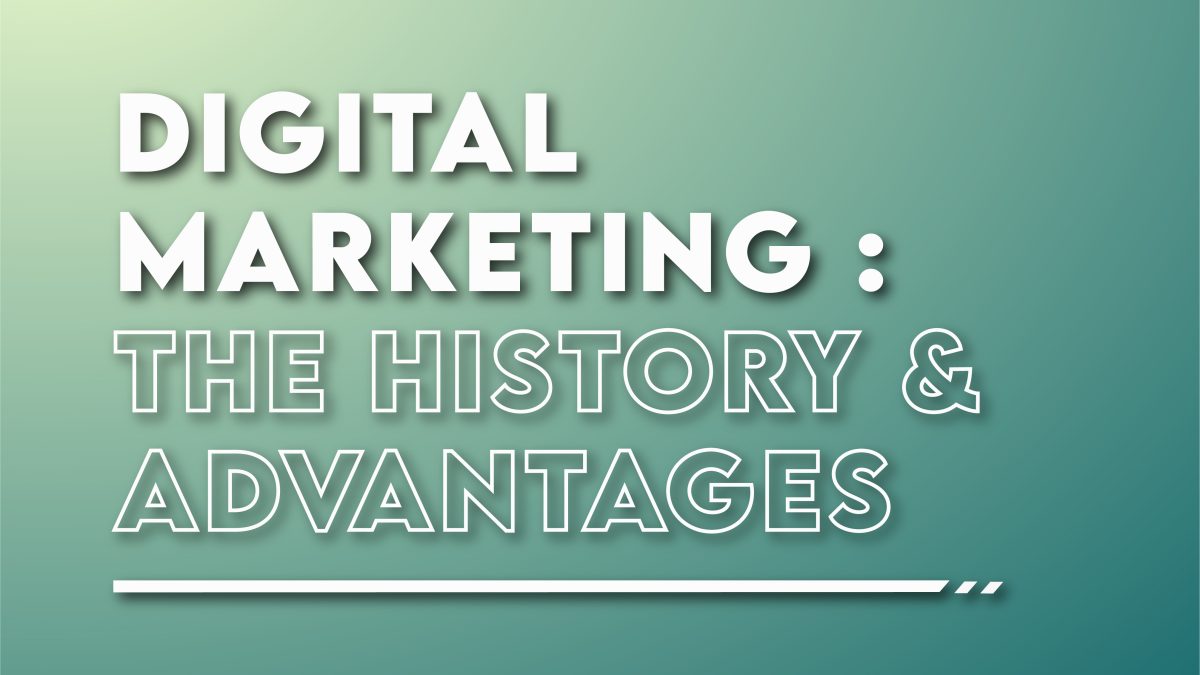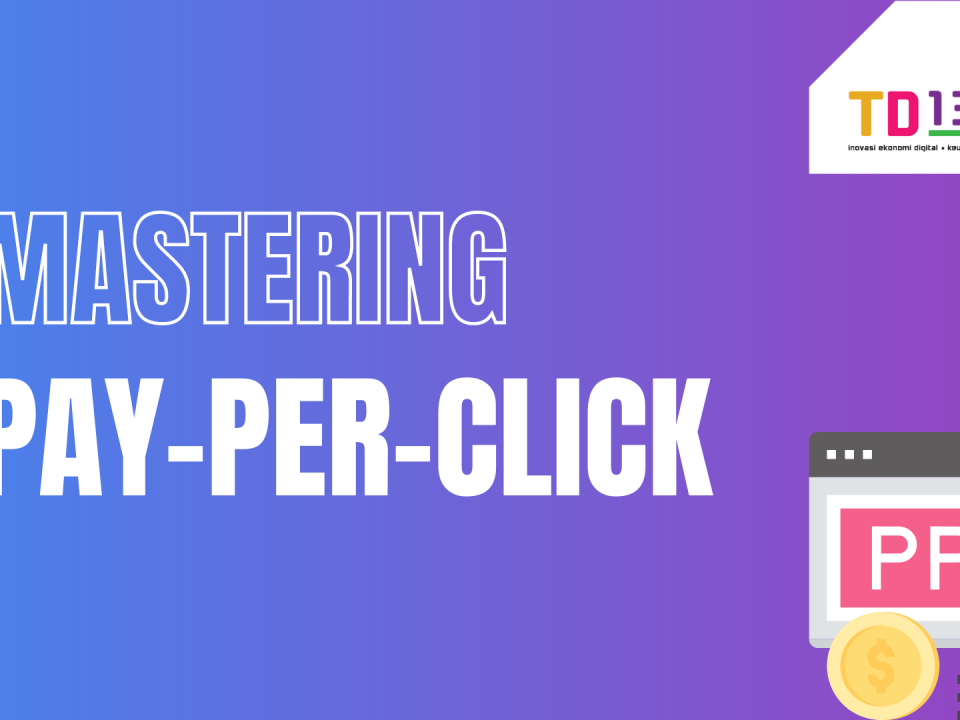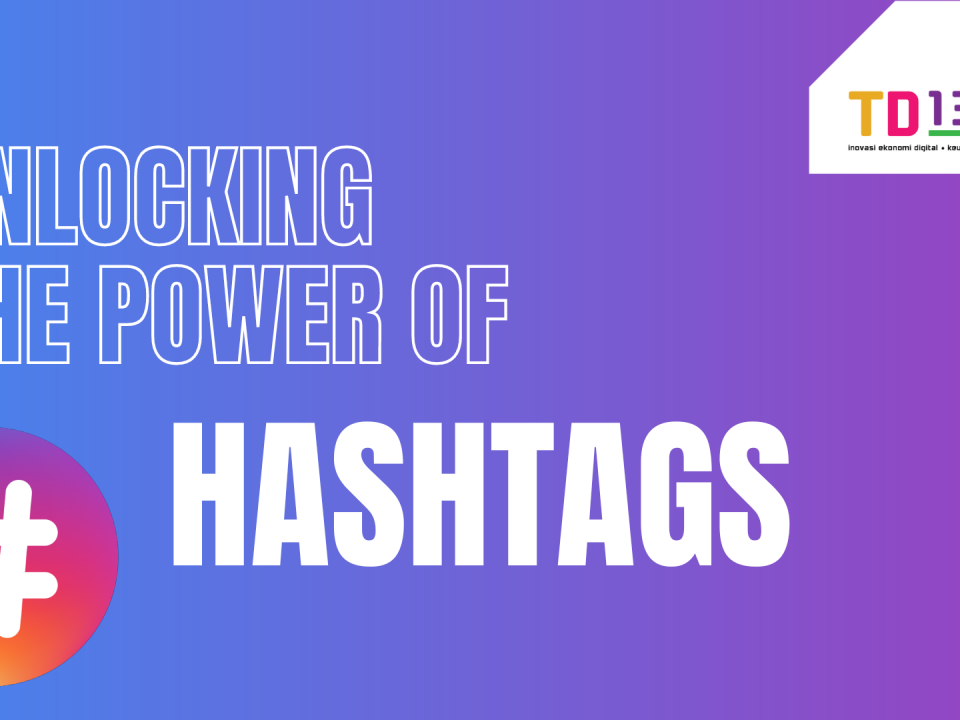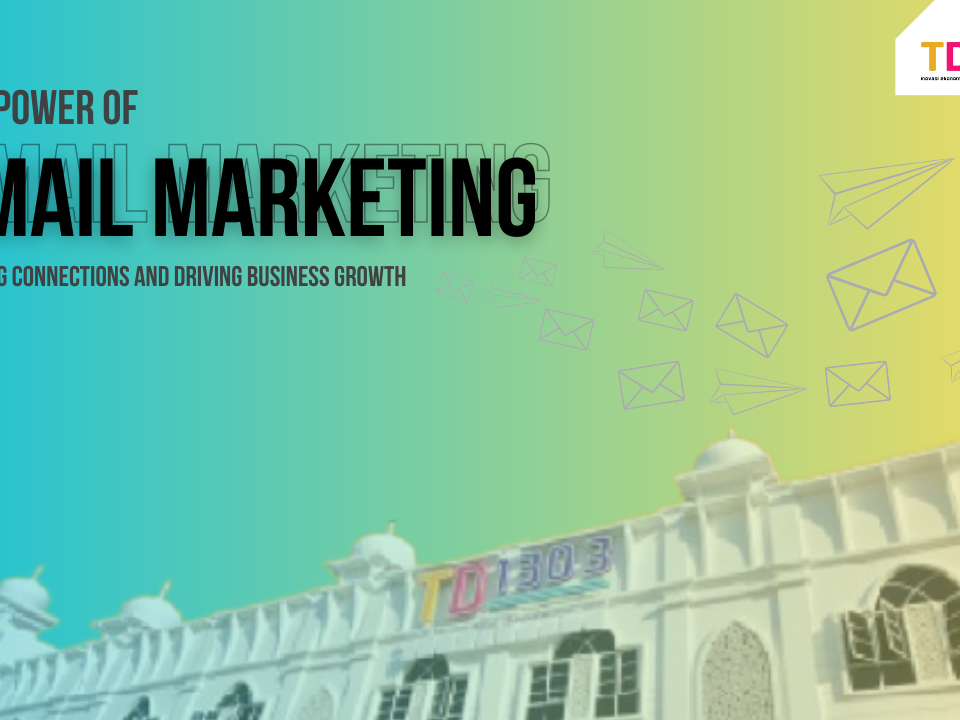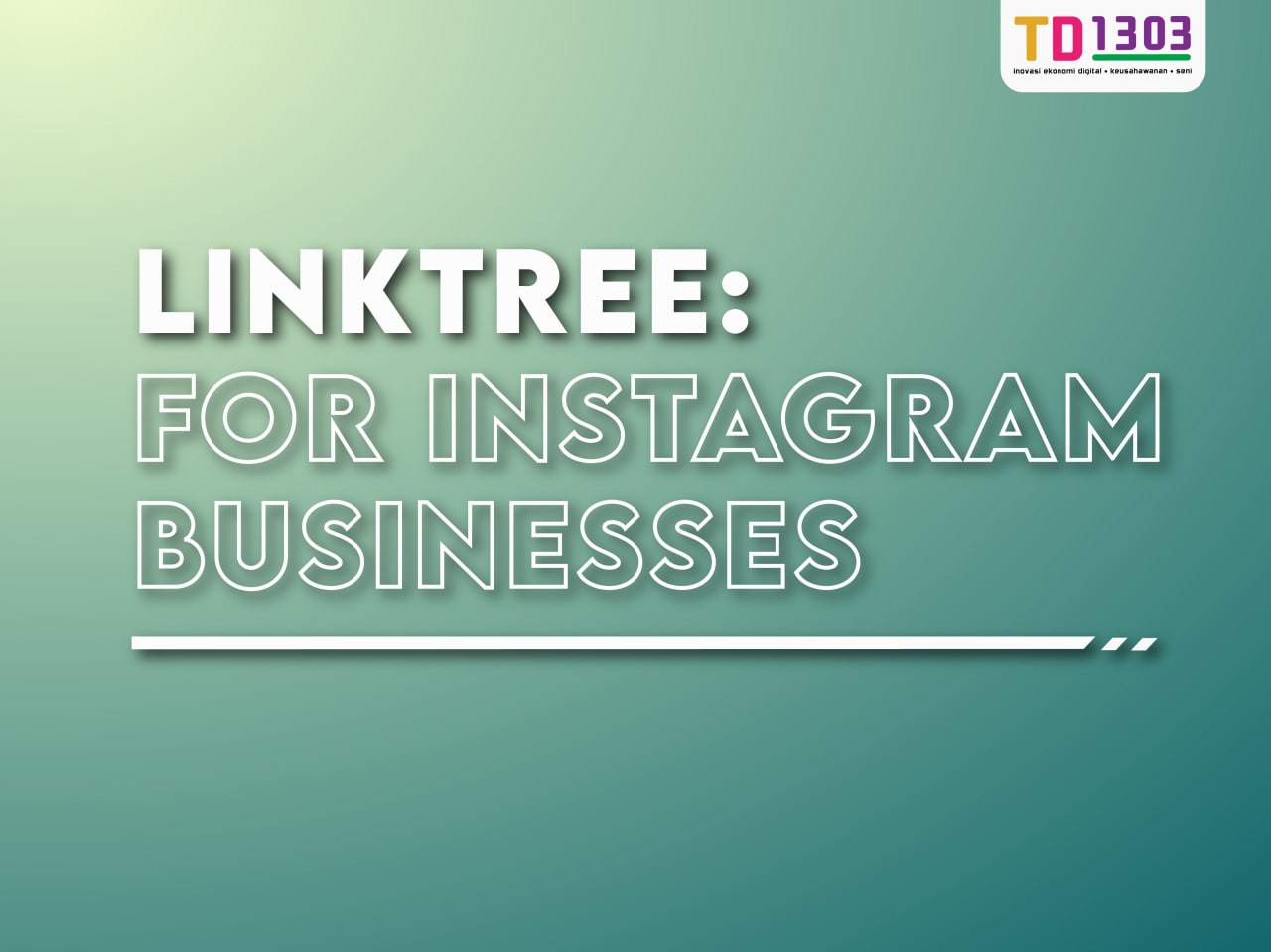
Linktree for Instagram Businesses
28/12/2022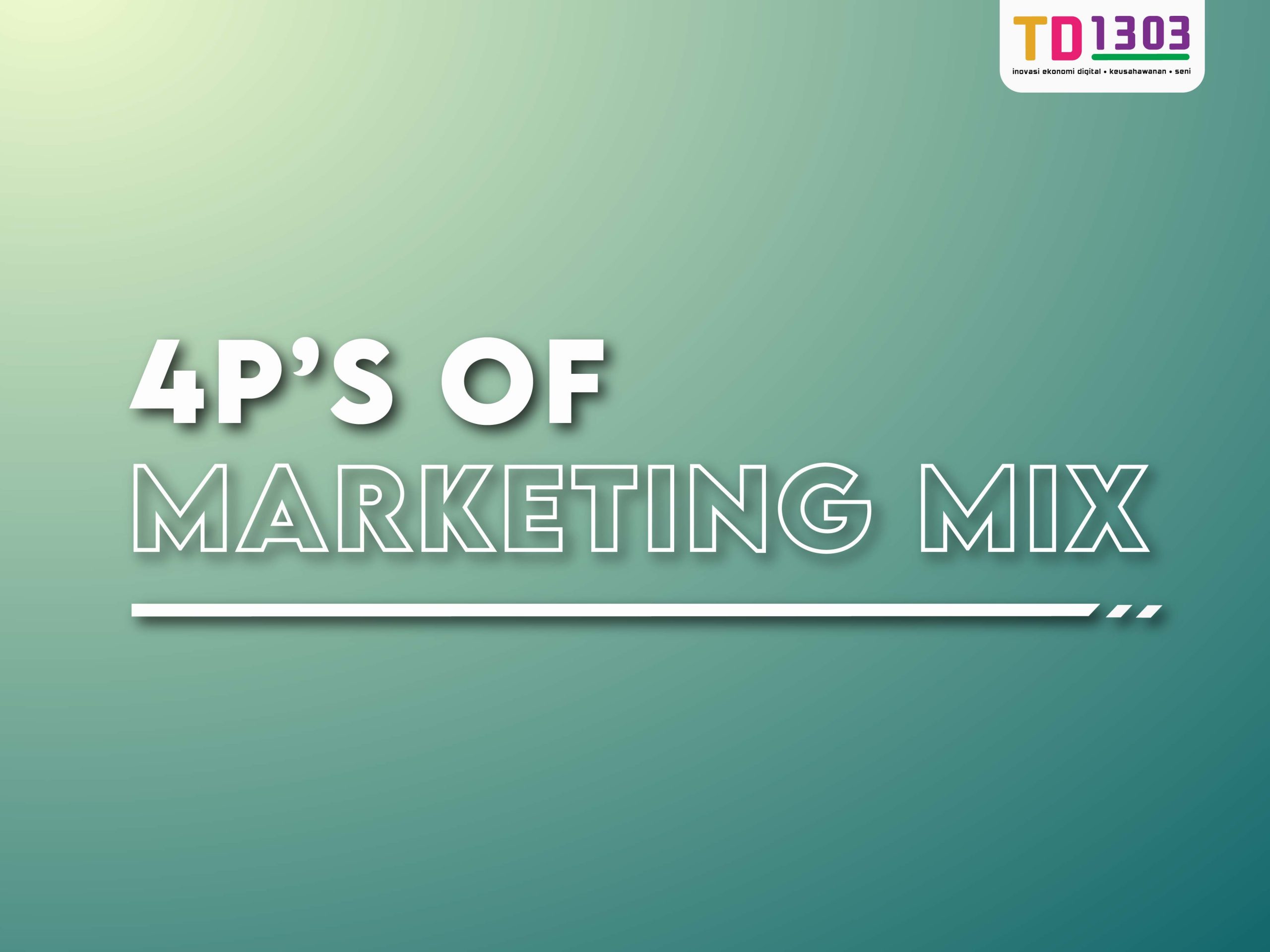
4Ps of Marketing Mix
15/01/2023The History & Advantages of Digital Marketing
The topic of this week’s issue is marketing, both traditional and digital.
To talk about the history and the advantages of digital marketing. First, let’s review the fundamental premise of both marketing methods before delving further into the discussion. Digital marketing is promoting and selling products and services utilizing digital media. This includes the web, television, mobile devices, social media, newsletters, and advertisements. On the other hand, printed advertising on various platforms, such as magazines, brochures, business cards, banners, postcards, and catalogues, constitutes the traditional approach. Besides you can also use your business networking for this concept
Now that we have a clear understanding of the concept let’s explore the history and development of both marketing strategies.
The technique “digital marketing” initially appeared in the 1990s, at the same time when the Internet and the Web 1.0 platform were being developed. Remember that even though technologies back then could restore data and information, there was no option to share them. The matter of who invented the idea of digital marketing remains a pen to debate. For some people, it is believed that Gugliemo Marconi, who created the radio signal in 1896, was the world’s first digital marketer. Some opine that Ray Tomlinson, who came up with the first email in 1971, was the father of digital marketing.
Regardless of the real originator, we entrepreneurs can now take advantage of various fresh, inventive ways to advertise our goods thanks to all these people and their discoveries. We may also customize our buying experiences as consumers and get quick gratification when we buy things.
Now, let’s talk about how digital marketing benefits us in businesses.
Advantages of Digital Marketing:
- Better Return on Investment (ROI) – Digital marketers typically pay less for the reach they receive. They are not constrained by geographic limitations and have a great range. As a result, this approach is ideal for small businesses and reasonably priced.
- Personalization and Customization – Digital marketing advertising, in contrast to traditional commercials, can be tailored to the targeted audiences because they can be delivered straight to the consumer’s device.
- Two-Way Communication – Digital marketing is non-intrusive since it enables customers to communicate their opinions, issues, and comments to the company. The review is frequently made public on some level for everyone to see. As a result, potential customers can communicate with it.
In conclusion, we have arrived at a time when being digital with our operations is crucial to our development. However, remember that this approach is continuously evolving, and we must be prepared to follow the appearance of new trends and technologies and their dynamic force or component.

